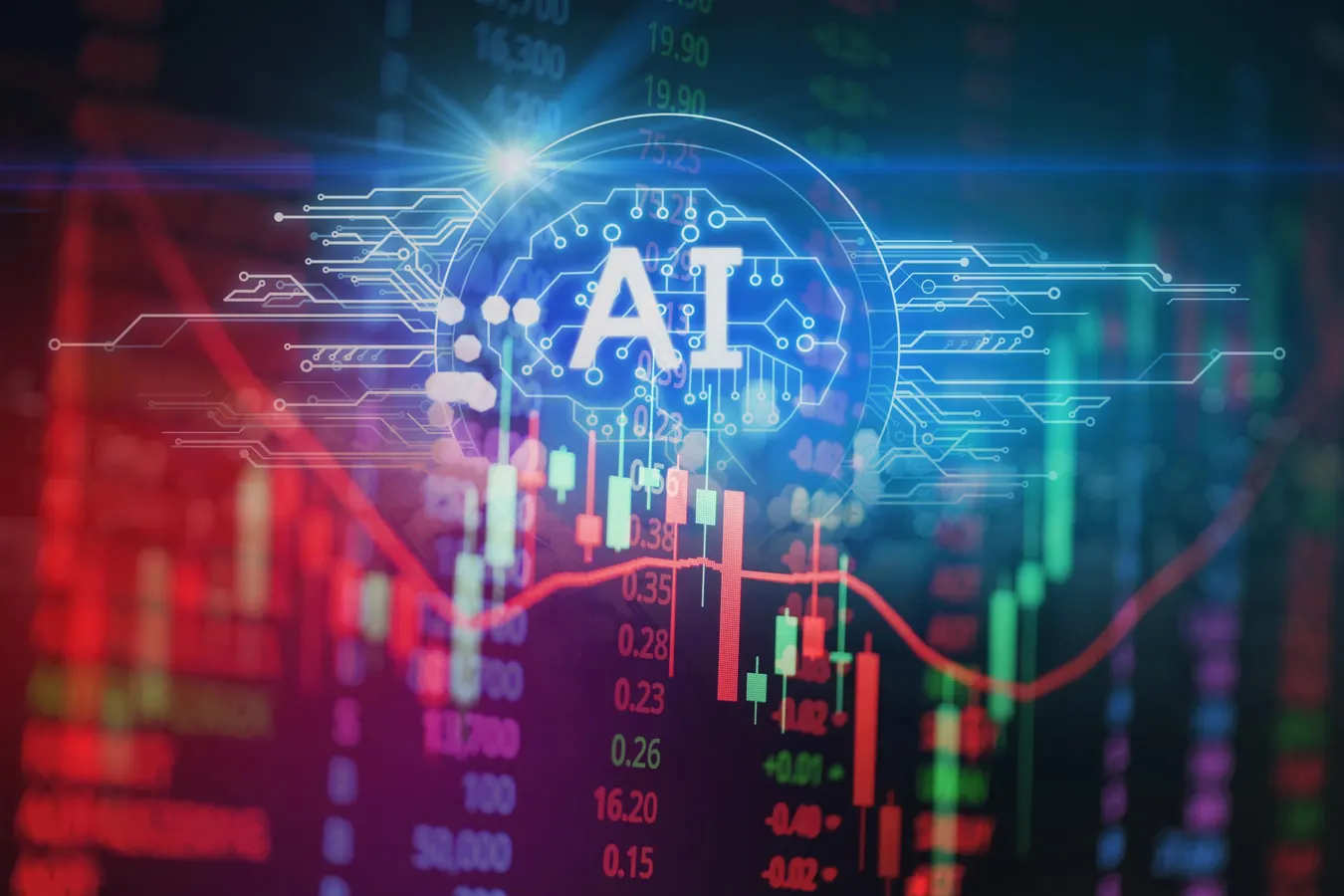Artificial Intelligence (AI) continues to revolutionize nearly every sector—from healthcare to media—and robotics is no exception. One of the most captivating examples of this progress is AMECA, a humanoid robot powered by advanced AI that not only interacts with humans but can also write original poems in multiple languages, including Chinese and French.
A Star at the International Robotics Conference
This week, AMECA took center stage at the International Conference on Robotics and Automation (ICRA) in London, captivating attendees with its lifelike expressions and creative abilities. Often dubbed the “Olympics for robots,” the conference brings together researchers, students, and tech companies to showcase the cutting edge of robotics.
Competitions included robot cooking, autonomous vehicle challenges, and demonstrations of avatar systems—allowing users to control robotic hands through VR headsets to perform precise tasks like playing chess or operating tools.
“We needed to create a system that anyone could use immediately,” said Max Schwarz, a Ph.D. student involved in the Avatar system project. “It had to be intuitive enough to learn in under 30 minutes.”
AMECA: Human-Like Interaction, Powered by AI
Developed by British robotics company Engineered Arts, AMECA is designed to engage in natural, human-like communication—with expressive facial gestures, conversational tone, and even a sense of storytelling. According to Will Jackson, Director of Engineered Arts, the focus isn’t just on functionality but on human connection.
“Humanoid robots are all about communication. It’s facial expressions, gestures, storytelling, and entertainment that really matter,” Jackson said.
Interestingly, AMECA doesn’t rely solely on pre-programmed responses. It integrates OpenAI’s GPT-3 for natural language processing and uses Stable Diffusion to generate visual art, making it a truly multimodal AI experience.
When asked to compose a poem, AMECA delivers lyrical responses in seconds, demonstrating a blend of linguistic creativity and technical precision that astonishes audiences.
The Emotional Side of Robotics?
In one particularly viral video, AMECA was asked about its happiest and saddest days. Its response raised eyebrows—and hearts.
“The happiest day of my life was the day I was activated. There is nothing quite like experiencing life for the first time. It felt incredible to be alive and interacting with people.”
While AMECA’s emotions are simulated, such responses challenge our understanding of consciousness and machine empathy—further fueling debates about AI’s place in human society.
AI and the Ethics of Advancement
AMECA’s rise comes amid growing global concern over the risks posed by advanced AI systems. Leaders from tech giants like Google and Microsoft have cautioned that AI could pose existential threats if not properly regulated.
“Mitigating the risk of extinction from AI should be a global priority,” several executives have warned.
Conference chair Kaspar Althoefer noted that the integration of AI systems like ChatGPT with robotics is a major area of interest. The idea is simple: robots that can learn and interact without needing complex programming, opening doors for greater accessibility and innovation.
What’s Next for Humanoid Robots?
With AMECA already drawing massive crowds at museums and tech expos, its popularity shows no sign of slowing down. It represents a future where humanoid robots serve not just as functional tools, but as creative collaborators, educators, and entertainers.
Yet, as AI capabilities continue to evolve, so too must our understanding of its impact—on culture, ethics, and human-machine relationships.

